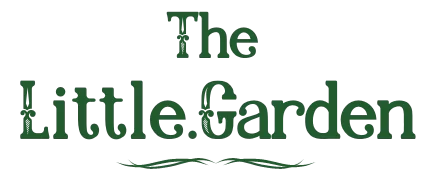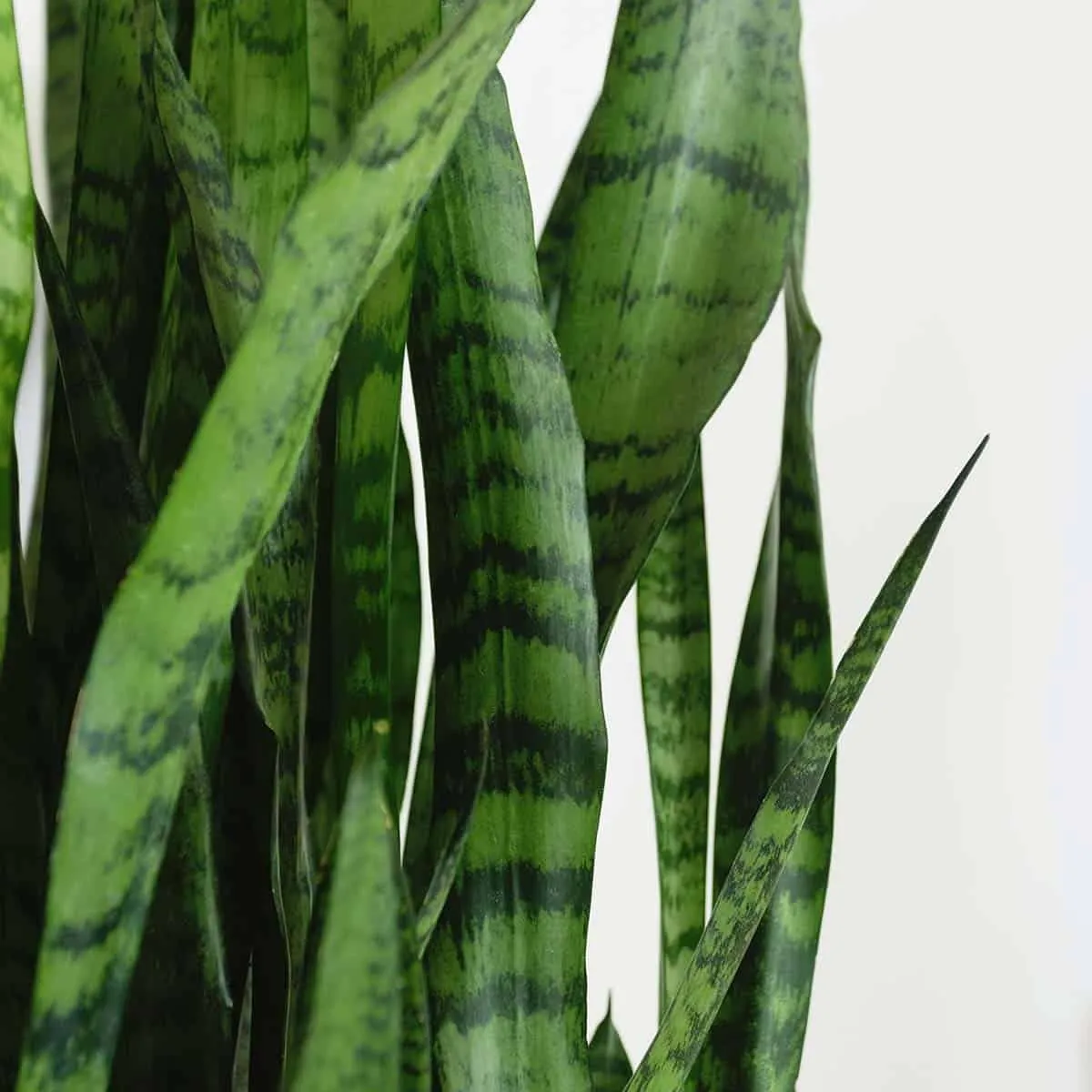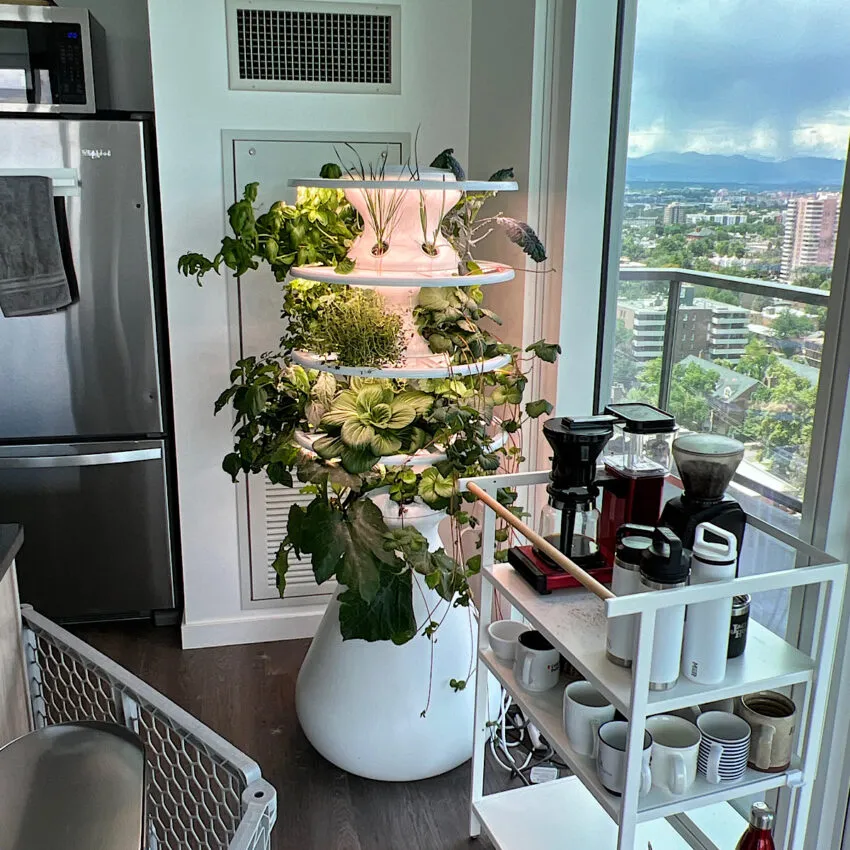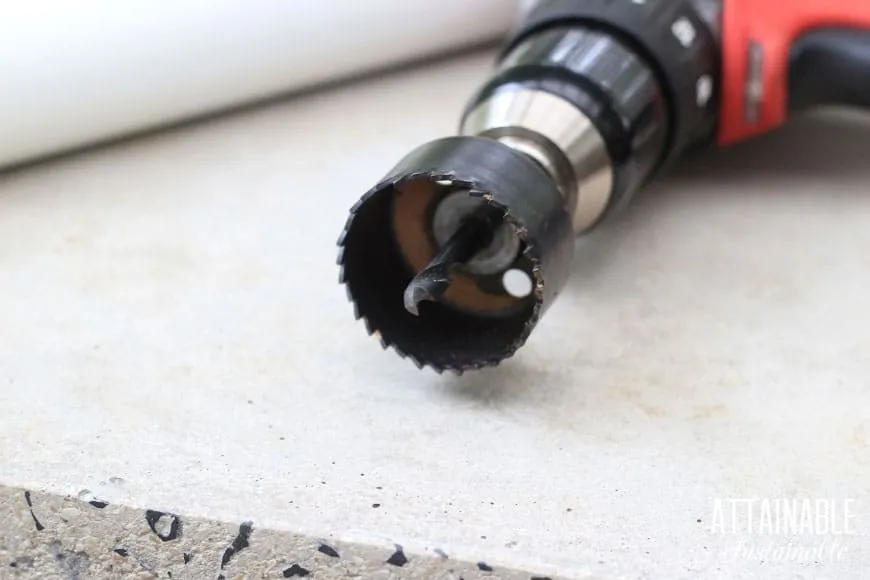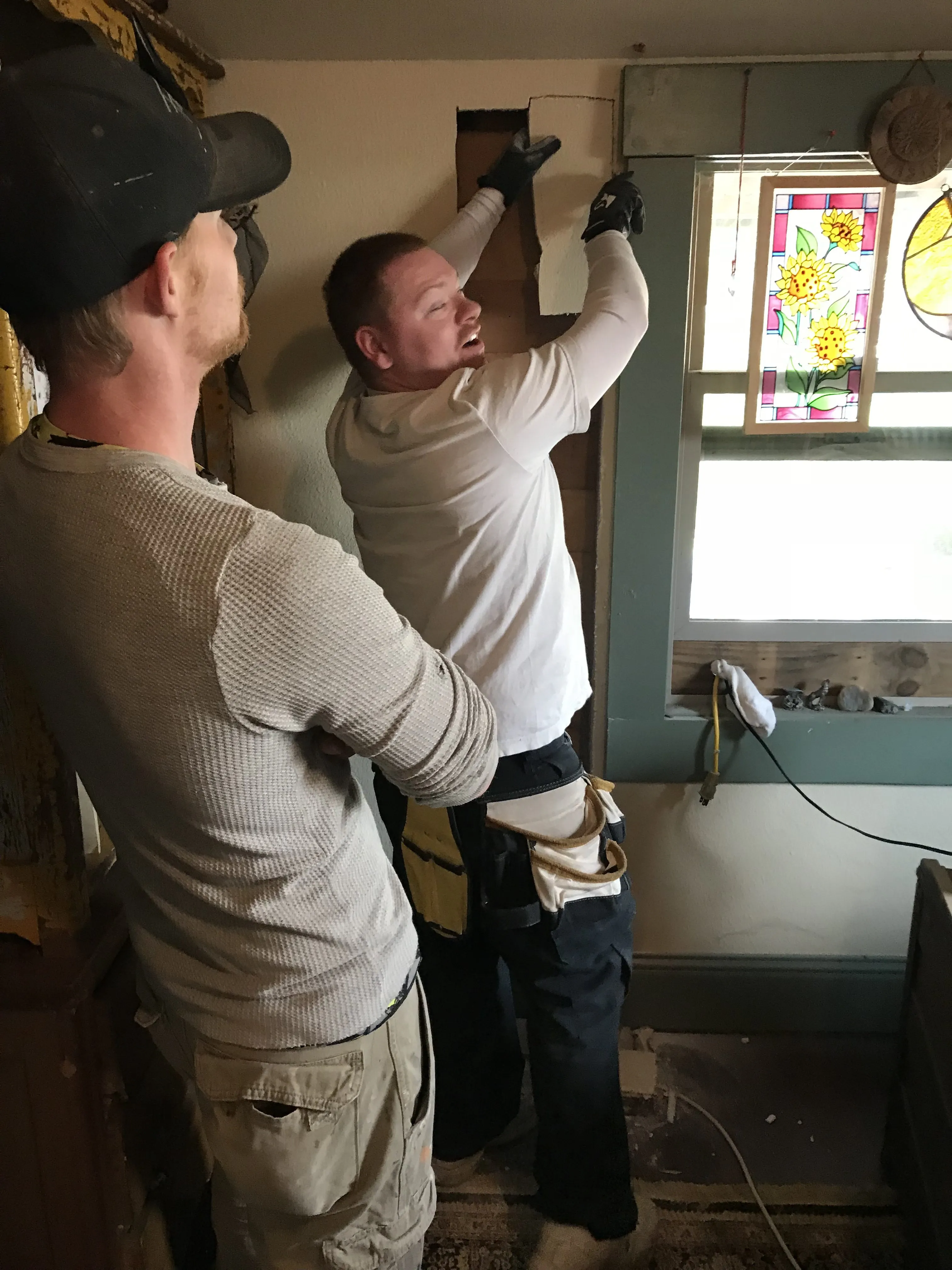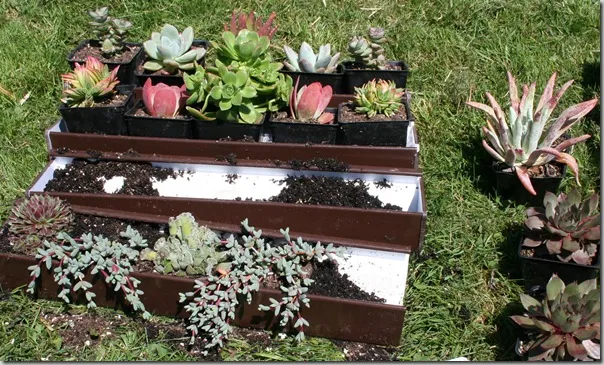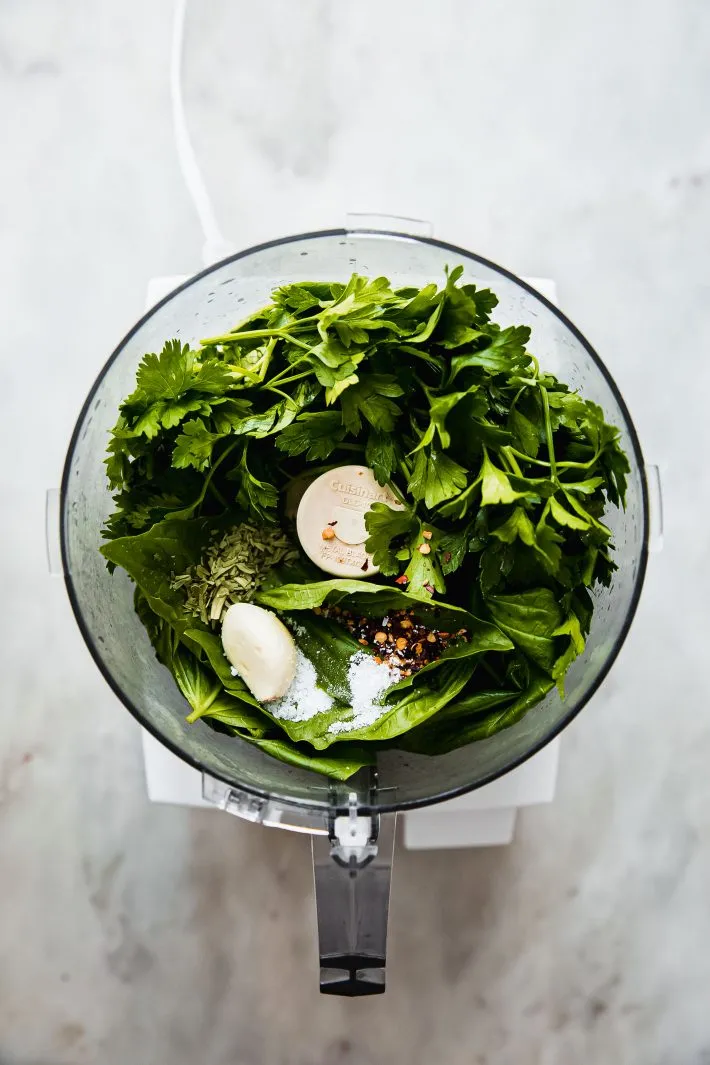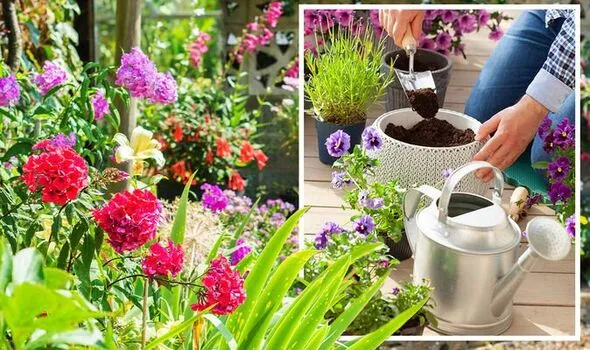Here are the key takeaways from this exploration into sustainable CEA indoor systems:
- A New Way to Grow: Controlled Environment Agriculture (CEA), or indoor farming, offers a revolutionary approach to food production, separating it from unpredictable outdoor conditions.
- Major Advantages: Compared to traditional farming, CEA systems significantly reduce land and water use, minimize pesticide needs, and offer potential for year-round production near consumers.
- Energy is Key: The biggest challenge for CEA’s environmental sustainability is its energy consumption, making the availability of affordable, renewable energy crucial.
- Integrated Systems Potential: Combining different CEA methods (like plants and fish farming) into Integrated System CEA (ISCEA) can create a circular economy, recycling waste and nutrients for even greater efficiency.
- Future Focus: Significant research and investment are needed, particularly in renewable energy and growing staple crops economically, to unlock the full potential of sustainable CEA indoor systems on a global scale.
Imagine a world where fresh, nutritious food isn’t just seasonal or flown in from thousands of miles away, but grown right in your neighborhood, efficiently and responsibly. This isn’t science fiction; it’s the potential reality offered by Controlled Environment Agriculture (CEA), often called indoor farming. As our planet faces growing challenges like climate change, land degradation, and increasing demand for food, the traditional ways of farming are under immense pressure. Sustainable CEA indoor systems present a compelling alternative, promising higher yields with fewer resources and less environmental impact. Let’s delve into how these innovative systems work and what they mean for the future of food.
Contents
- What is Controlled Environment Agriculture (CEA)?
- Why We Need More Sustainable Options: Challenges of Traditional Agriculture
- The Promise of Sustainable CEA Indoor Systems
- Less Land, Less Water
- Breaking Free from Pests and Pesticides
- Nutrient Efficiency and Waste Reduction
- Urban Potential and Shorter Supply Chains
- Facing the Challenges: Energy and Cost
- Beyond the Basics: Integrated System CEA (ISCEA)
- The Future is Bright
- Conclusion
What is Controlled Environment Agriculture (CEA)?
Controlled Environment Agriculture encompasses various methods of growing plants (and sometimes fish or insects) in enclosed structures where factors like temperature, light, humidity, and nutrients are precisely managed. Think of greenhouses with advanced climate control or multi-story vertical farms bathed in LED light. This control allows for optimal growing conditions year-round, regardless of external weather or season.
Why We Need More Sustainable Options: Challenges of Traditional Agriculture
While traditional farming has fed the world for centuries, its current scale and practices pose significant environmental challenges. Clearing land for agriculture contributes heavily to deforestation and biodiversity loss. Intensive farming often requires vast amounts of water, puts pressure on freshwater resources, and relies on pesticides and fertilizers that can pollute soil and water bodies. Furthermore, unpredictable weather patterns exacerbated by climate change directly threaten crop yields in many regions.
The Promise of Sustainable CEA Indoor Systems
This is where CEA steps in, offering solutions to many of these issues.
Less Land, Less Water
One of the most celebrated benefits of indoor farming, especially vertical farming, is its incredibly efficient use of space. By stacking crops vertically under artificial lights, you can produce many times the yield of a traditional field in the same physical footprint. This means CEA operations can be located in urban centers or on non-arable land, reducing the need for agricultural expansion into natural habitats. Water efficiency is also drastically improved. Systems like hydroponics and aeroponics deliver water and nutrients directly to the plant roots, and the water can be recirculated, reducing water consumption by up to 99% compared to conventional irrigation.
Breaking Free from Pests and Pesticides
Because CEA systems are enclosed, they are far less susceptible to pests and diseases from the external environment. This dramatically reduces, and in some cases eliminates, the need for chemical pesticides. This not only makes the food safer but also protects beneficial insects like pollinators, which are vital but declining in outdoor environments. While total elimination of pests might be challenging, the controlled nature allows for simpler, more targeted bio-controls if needed.
Nutrient Efficiency and Waste Reduction
In hydroponic and aeroponic CEA systems, nutrients are delivered via water solutions that can be carefully monitored and recirculated. This leads to much higher nutrient use efficiency and significantly reduces nutrient runoff into the environment, a major cause of water pollution (eutrophication) in traditional agriculture. While current systems still have some nutrient loss, the potential for near-complete recycling is high.
Urban Potential and Shorter Supply Chains
Placing CEA facilities closer to consumers, often within urban or suburban areas, slashes the distance food needs to travel. This reduces transportation costs, energy use, and associated carbon emissions. It also means fresher produce reaches plates faster, potentially reducing food waste from spoilage during transit and storage.
Facing the Challenges: Energy and Cost
Despite the many advantages, sustainable CEA indoor systems face significant hurdles. The most prominent is energy consumption. Artificial lighting and climate control require substantial amounts of electricity. If this energy comes from fossil fuel sources, the carbon footprint of indoor farming can be higher than conventional methods, especially for certain crops. The initial investment to build and equip a high-tech CEA facility is also substantial, limiting accessibility and making the cost of produce higher for consumers compared to many field-grown crops.
Beyond the Basics: Integrated System CEA (ISCEA)
The concept of Integrated System Controlled Environment Agriculture (ISCEA) takes the sustainability potential of CEA even further. ISCEA aims to mimic natural ecosystems by linking different production systems to recycle waste streams. A classic example is aquaponics, which combines fish farming (aquaculture) with hydroponic plant growing. The waste from the fish provides nutrients for the plants, which in turn filter the water for the fish, creating a nearly closed loop.
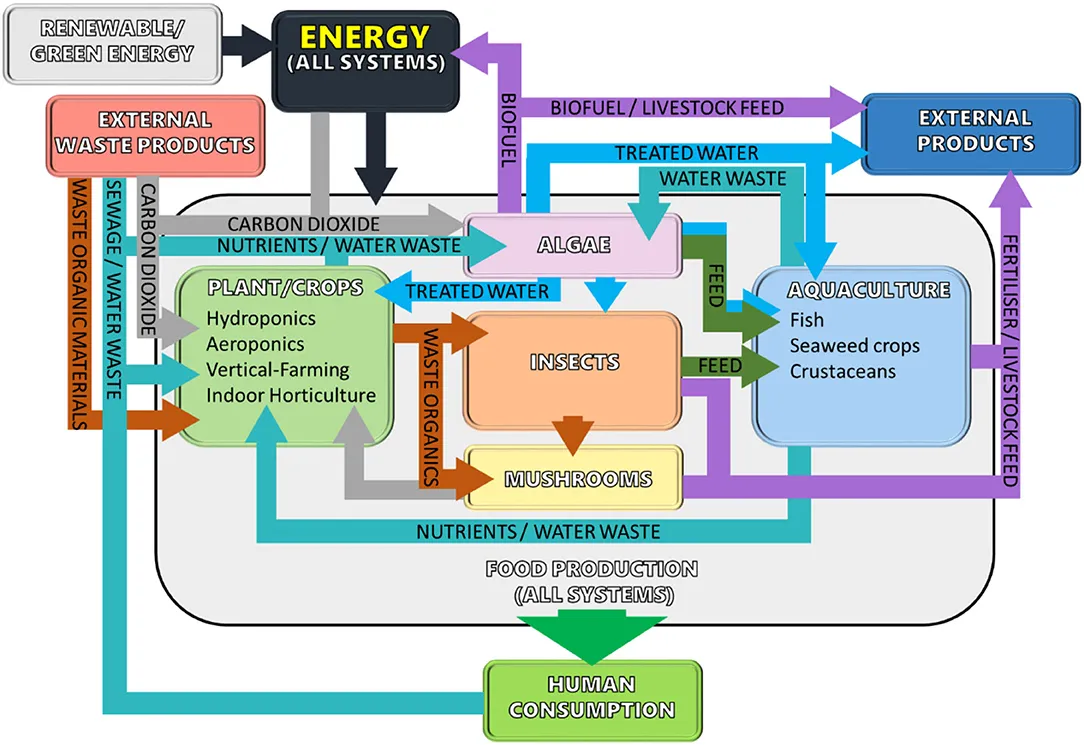 Theoretical Integrated System Controlled Environment Agriculture (ISCEA) approach diagram illustrating nutrient recycling loops between different production systems like plants, fish, insects, algae, and mushroom farming to achieve a circular economy.
Theoretical Integrated System Controlled Environment Agriculture (ISCEA) approach diagram illustrating nutrient recycling loops between different production systems like plants, fish, insects, algae, and mushroom farming to achieve a circular economy.
Beyond aquaponics, imagine integrating insect farming (insects fed on plant waste becoming feed for fish or humans), mushroom farming (using composted plant waste), or algae cultivation (cleaning wastewater and providing biomass). This circular economy approach minimizes waste, maximizes nutrient use, and boosts overall efficiency, moving closer to truly sustainable food production within controlled environments.
The Future is Bright
The future of sustainable CEA indoor systems is largely tied to technological advancements and the widespread availability of green energy. Continued improvements in LED lighting efficiency, automation, climate control, and plant genetics will drive down operating costs and energy needs. As renewable energy sources like solar, wind, and geothermal become more prevalent and affordable, powering CEA facilities sustainably becomes increasingly feasible.
While current systems are best suited for high-value crops like leafy greens and certain fruits, research is actively exploring how to grow staple crops like wheat and potatoes economically indoors. This would be a game-changer for global food security, particularly in regions vulnerable to climate change impacts on traditional farming.
The journey toward fully sustainable CEA indoor systems is ongoing. It requires continued innovation, investment in renewable energy infrastructure, and perhaps a shift in consumer perception. But the potential benefits—secure, local, low-impact food production—make it a vital path to explore for feeding a growing world responsibly.
Conclusion
Controlled Environment Agriculture holds immense promise for addressing the environmental and food security challenges of the 21st century. By drastically reducing land and water use, minimizing chemical inputs, and enabling production closer to consumers, sustainable CEA indoor systems offer a powerful alternative to conventional farming. While challenges, particularly concerning energy consumption and the economic viability of growing all crop types, remain, ongoing technological advancements and the potential of integrated, circular systems point towards a future where indoor farming plays a critical role in a more sustainable global food system.
What are your thoughts on indoor farming and its potential? Have you tried growing food in a controlled environment? Share your experiences and questions in the comments below! And don’t forget to explore other articles on Thelittle.garden for more tips and inspiration on growing your green space, big or small!
